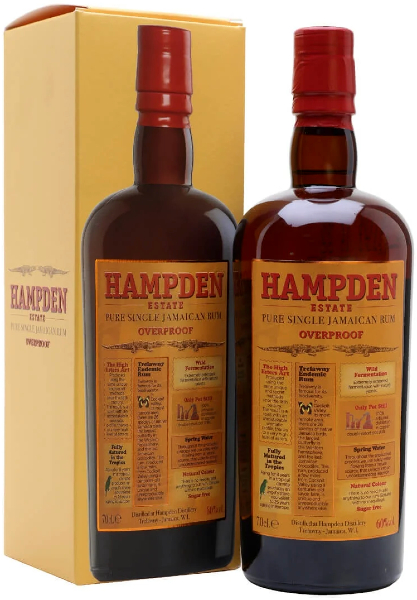So the last Aberlour review posted in October 2022 was of a modern 13yo officially bottled single cask. Modern, since it was distilled in the 21st century. This review of the 8yo was supposed to follow the 13yo right on its heels, but it didn’t. Autumn, or fall, started happening when I started to write the review, and it was suddenly time for peat. Fast forward to Spring. Winter has ended and although the time for peat still hasn’t ended, time has finally come for a nice old skool Sherried Speysider. No, it didn’t. Spring came and went and this review was again further postponed. When I picked up this review again it was summer, yet again the review remained in its draft state. Now finally when looking outside, summer is most definitely over. Maybe we’ll still get some days that look pretty good, but I guess autumn started happening. So no use any more for the desk fan and the air outside is cold. We might as well prepare ourselves, because winter is coming again, and peat already started lurking at me.
Never mind. After the Aberlour 13yo bottled in 2017, here we have an 8yo from the seventies, an oldie and hopefully a goldie, from a different century as well. There are a lot of permutations of this Aberlour bottled in the square bottle, and there can be quite some differences between the Whiskies, or so I’m told. Up ’till now I have only tried one other. Like with so many things in life, not all 8 year old Whiskies are created equal, I guess.
 Color: Light orange gold.
Color: Light orange gold.
Nose: Old skool Sherry nose. Waxy, toffeed, some fresh butter and funky. Like coal fired stills including some petrol fumes and exhaust gases from outside the still house. And like real petrol fumes and exhaust gases, they dissipate in the wind. Cola, cold motor oil and coal dust. Dusty old furniture. It seems as if some sugar sets down in the back of my throat, only from smelling it. Doesn’t smell like an 8yo Whisky at all. Initially some hints of Rhum Agricole, but this dissipates rather quickly and I also don’t pick up on it every time I smell this. We all have our better and worse days you know. Smells nothing like a modern 8yo Whisky as well. Much softer. Very mature for a standard 8yo. Things have changed since then, wasn’t everything better in the old days? Still dusty with this wonderful coal dusty Sherry nose, like we know from all the greats. Whiffs of sweet yellow fruit yoghurt and cookie dough. All is good. It smells nice and comes without any off-notes. After a while quite fresh for an old skool malt. Like a breath of fresh air (in an old earthen floor warehouse) and yet still sweet smelling.
Taste: Nutty and waxy sherry. Also some dry and active wood, slightly bitter as well. Drying my tongue and palate. Slightly spicy (cinnamon), fruity (dry bits of peach and apricot) and definitely old skool. Hints of cola and especially licorice. that wasn’t present in the nose. Besides that it is slightly prickly as well. Is this from the wood or some sort of liquid smoke? Crushed caterpillar (don’t ask). Slightly cloying Sherry,but I wouldn’t say this is all that sweet. I expected it to be way more sweet since this Whisky is so sweet smelling. All the specialness is in the beginning. It shows its age by halting its development halfway through and not being all that complex. Not in my glass nor in my mouth. It is a wonderful old skool Sherried Malt, but it is thus also a bit simple. At this age it was probably aimed at, amongst others, the Italian market, so no surprise here that it is highly and dangerously drinkable. Next some creamy and buttery notes are able to escape, albeit briefly, from the grasp of the Sherry. The bitterness shows some stamina with its staying power. It is not dominant yet quite noticeable. Well balanced though, since the taste matches the nose, and for me, it tastes slightly better than it smells, and don’t get me wrong it smells wonderful. By the way on some days I prefer the nose over the taste. On those days the taste seems a bit thin. Black coal and licorice in the finish and aftertaste. This actually works well, hiding the residual bitterness.
In the end this is a well made old malt, yet also a bit simple and regularly shows some fragility. Highly drinkable, definitely old skool, and there is no reason to keep this around for a long while, just enjoy it, since you never know what oxidation will do (or already did) to such an old Malt. By the way, the roof of my mouth is slightly anaesthetized, so definitely a higher ABV. Empty glass smells very nice by the way! Don’t sip it, bigger gulps are the secret to unlock this Malt to its full potential.
Points: 87
 Color: Orange gold.
Color: Orange gold. Color: White Wine.
Color: White Wine. Color: Medium gold (and seemingly not filtered to death).
Color: Medium gold (and seemingly not filtered to death). Color: White Wine
Color: White Wine Color: Gold
Color: Gold
 Color: Copper gold.
Color: Copper gold. Color: Copper orange.
Color: Copper orange. Color: Straw, light gold.
Color: Straw, light gold.